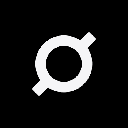-
 bitcoin
bitcoin $103094.926080 USD
3.95% -
 ethereum
ethereum $3398.208576 USD
6.43% -
 tether
tether $0.999971 USD
-0.04% -
 xrp
xrp $2.326205 USD
9.96% -
 bnb
bnb $947.145845 USD
4.46% -
 solana
solana $160.315987 USD
7.54% -
 usd-coin
usd-coin $1.000014 USD
0.01% -
 tron
tron $0.288163 USD
2.37% -
 dogecoin
dogecoin $0.164881 USD
5.50% -
 cardano
cardano $0.536519 USD
7.14% -
 hyperliquid
hyperliquid $40.526327 USD
6.62% -
 chainlink
chainlink $14.898178 USD
5.68% -
 bitcoin-cash
bitcoin-cash $483.923206 USD
4.44% -
 ethena-usde
ethena-usde $0.999280 USD
0.02% -
 stellar
stellar $0.276354 USD
6.32%
What is Reentrancy Attack? How does it exploit vulnerabilities in smart contracts?
Reentrancy attacks exploit smart contract flaws, letting malicious contracts repeatedly call back before transaction completion, draining funds or manipulating contract state. Prevention requires using the Checks-Effects-Interactions pattern and reentrancy guards.
Mar 05, 2025 at 11:36 pm
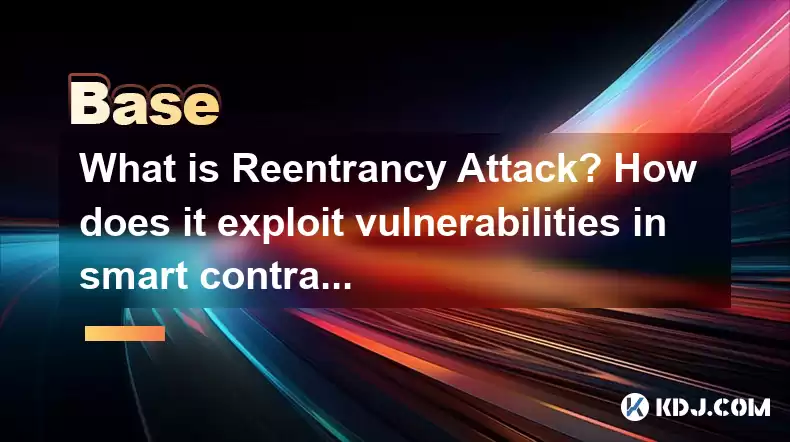
- Reentrancy attacks exploit a vulnerability in smart contracts where a malicious contract can repeatedly call back into the vulnerable contract before the initial transaction is fully completed.
- This allows the attacker to drain funds or manipulate the contract's state.
- Prevention involves careful coding practices, including using the Checks-Effects-Interactions pattern and employing reentrancy guards.
- Understanding the mechanics of reentrancy attacks is crucial for developing secure smart contracts.
A reentrancy attack is a common vulnerability in smart contracts that allows attackers to exploit a flaw in the contract's logic to repeatedly call back into the contract before the initial transaction is finalized. This recursive calling allows the attacker to manipulate the contract's state and drain funds. The core issue lies in how the contract handles external calls within its functions.
How Does it Exploit Vulnerabilities in Smart Contracts?The attack hinges on a race condition. Imagine a smart contract function that sends funds to an external address. If this function doesn't properly handle the external call, a malicious contract can intercept the callback. This malicious contract can then call the vulnerable function again, repeatedly, before the initial transaction completes, effectively draining the funds.
Understanding the Mechanics: A Step-by-Step ExampleLet's illustrate with a simplified example. Consider a withdraw function:
- Step 1: The user initiates a withdrawal request.
- Step 2: The contract checks the user's balance.
- Step 3: The contract transfers funds to the user's address.
- Step 4: The contract updates the user's balance.
If the order is flawed, a malicious contract could exploit this sequence. If the balance update (Step 4) occurs after the funds transfer (Step 3), the malicious contract can call the withdraw function again before the balance is updated, withdrawing more funds than it should.
The Checks-Effects-Interactions PatternTo mitigate reentrancy vulnerabilities, developers often use the Checks-Effects-Interactions pattern. This pattern ensures that all checks are performed before any state changes or interactions with external contracts occur.
- Checks: Verify all preconditions before proceeding. This includes checking balances, allowances, and other relevant parameters.
- Effects: Modify the contract's internal state. This involves updating balances, transferring tokens, etc.
- Interactions: Interact with external contracts or off-chain systems. This includes sending Ether or tokens to other addresses.
By following this order, the contract minimizes the window of vulnerability.
Reentrancy Guards: A Practical SolutionAnother effective method is implementing reentrancy guards. These are mechanisms that prevent recursive calls to a specific function. A common approach is using a boolean variable that's set to true when a function is called and reset to false upon completion. Any recursive call made while this variable is true will be blocked.
- The guard variable is checked at the beginning of the function.
- If the guard is
true, the function immediately returns. - If the guard is
false, it's set totrue, the function executes, and the guard is reset tofalseat the end.
More sophisticated attacks might involve exploiting multiple vulnerabilities or using delegatecall, which allows a contract to execute code from another contract in the context of the calling contract. Mitigation strategies for these advanced attacks involve careful auditing, formal verification, and the use of more robust security patterns. Thorough testing and code reviews are also essential.
Common Questions and AnswersQ: Can all reentrancy vulnerabilities be prevented? A: While many reentrancy vulnerabilities can be prevented through careful coding practices and the use of security patterns, eliminating all potential vulnerabilities is exceptionally challenging. New attack vectors might emerge.
Q: What is the role of smart contract auditing in preventing reentrancy attacks? A: Smart contract auditing plays a critical role in identifying and mitigating reentrancy vulnerabilities. Auditors review the code for potential weaknesses and recommend improvements.
Q: How can developers learn more about preventing reentrancy attacks? A: Developers can improve their knowledge by studying security best practices, participating in security audits, and utilizing security analysis tools. Resources like the Solidity documentation and various security blogs are also invaluable.
Q: Are there any tools that can help detect reentrancy vulnerabilities? A: Yes, several static and dynamic analysis tools are available to help detect potential reentrancy vulnerabilities in smart contracts. These tools can identify patterns indicative of potential attacks.
Q: What happens if a reentrancy attack is successful? A: A successful reentrancy attack can result in significant financial losses for the contract's users and developers. The attacker might drain all or a significant portion of the contract's funds.
Disclaimer:info@kdj.com
The information provided is not trading advice. kdj.com does not assume any responsibility for any investments made based on the information provided in this article. Cryptocurrencies are highly volatile and it is highly recommended that you invest with caution after thorough research!
If you believe that the content used on this website infringes your copyright, please contact us immediately (info@kdj.com) and we will delete it promptly.
- Bitcoin's Dip Below $100K: Expert Says 'No Panic' – Just a Healthy Reset
- 2025-11-06 14:35:01
- Ripple's $500M Raise: Is the $40B Valuation a Nod to XRP's Future?
- 2025-11-06 12:55:01
- Crypto Funds, VC Investing, and Principal Loss: A New York Minute on Fee Structures and Fund Size
- 2025-11-06 14:50:02
- Bitcoin, Crypto, Ethereum: Trump's Promise, Social Sentiment & Institutional Adoption
- 2025-11-06 13:25:01
- Dogecoin, Musk, and Moonshots: Decoding the Price Predictions
- 2025-11-06 13:10:01
- Poain BlockEnergy: Pioneering Stability in the Multi-Chain Crypto Landscape
- 2025-11-06 13:10:01
Related knowledge

How do decentralized identity (DID) solutions work?
Oct 14,2025 at 11:36pm
Understanding Decentralized Identity in the Blockchain Ecosystem1. Decentralized identity (DID) solutions are built on blockchain networks, allowing i...

What is the "halving" event for cryptocurrencies other than Bitcoin?
Oct 25,2025 at 12:19pm
Decentralized Exchanges Gain Momentum in 20241. Decentralized exchanges (DEXs) have seen a surge in trading volume as users prioritize control over th...
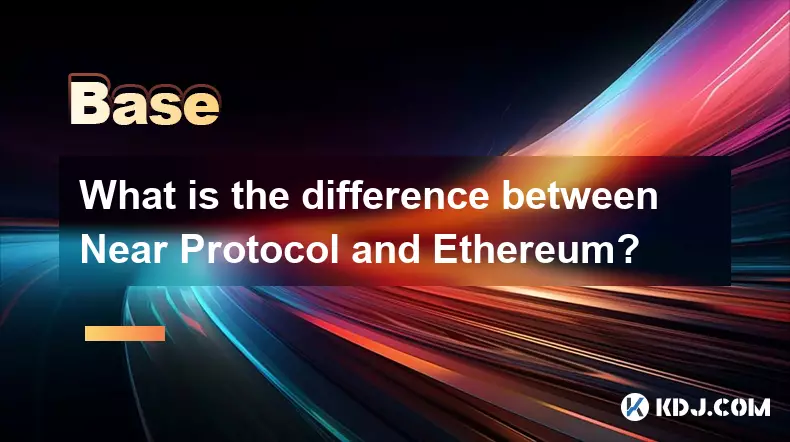
What is the difference between Near Protocol and Ethereum?
Oct 15,2025 at 08:01am
Near Protocol and Ethereum: Core Architectural Differences1. Near Protocol operates on a sharded blockchain architecture known as Nightshade, which al...

What does it mean for code to be "open source" in crypto?
Oct 12,2025 at 01:54pm
Understanding Open Source in the Cryptocurrency Ecosystem1. In the context of cryptocurrency, open source refers to software whose code is publicly ac...

What is the purpose of a "testnet"?
Oct 12,2025 at 09:01am
Understanding the Role of Testnets in Blockchain Development1. A testnet serves as a parallel version of a blockchain network, designed specifically f...

How to avoid phishing scams in crypto?
Oct 13,2025 at 06:18pm
Understanding Common Crypto Phishing Tactics1. Cybercriminals frequently use fake websites that mirror legitimate crypto exchanges or wallet platforms...

How do decentralized identity (DID) solutions work?
Oct 14,2025 at 11:36pm
Understanding Decentralized Identity in the Blockchain Ecosystem1. Decentralized identity (DID) solutions are built on blockchain networks, allowing i...

What is the "halving" event for cryptocurrencies other than Bitcoin?
Oct 25,2025 at 12:19pm
Decentralized Exchanges Gain Momentum in 20241. Decentralized exchanges (DEXs) have seen a surge in trading volume as users prioritize control over th...

What is the difference between Near Protocol and Ethereum?
Oct 15,2025 at 08:01am
Near Protocol and Ethereum: Core Architectural Differences1. Near Protocol operates on a sharded blockchain architecture known as Nightshade, which al...

What does it mean for code to be "open source" in crypto?
Oct 12,2025 at 01:54pm
Understanding Open Source in the Cryptocurrency Ecosystem1. In the context of cryptocurrency, open source refers to software whose code is publicly ac...

What is the purpose of a "testnet"?
Oct 12,2025 at 09:01am
Understanding the Role of Testnets in Blockchain Development1. A testnet serves as a parallel version of a blockchain network, designed specifically f...

How to avoid phishing scams in crypto?
Oct 13,2025 at 06:18pm
Understanding Common Crypto Phishing Tactics1. Cybercriminals frequently use fake websites that mirror legitimate crypto exchanges or wallet platforms...
See all articles
















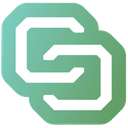

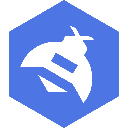

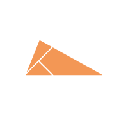


![[4K 60fps] Morcee by DTMaster09 (1 Coin) [4K 60fps] Morcee by DTMaster09 (1 Coin)](/uploads/2025/11/06/cryptocurrencies-news/videos/690bf31847bc1_image_500_375.webp)















































